Septic Systems For Dummies
 |
| Septic Systems For Dummies |
Are you clueless about septic systems? Don't worry, you're not alone. Many homeowners have little to no knowledge when it comes to their septic system. But understanding how your septic system works is crucial for maintaining a healthy and safe home environment.
In this article, we'll break down the basics of septic systems in a way that's easy for 'dummies' to understand. Ok I know having worked in Septic Tanks for over 40 years I probably know a fair bit about them. I do appreciate many won't have a clue about septic systems, ask me about dentistry or accounts I will be clueless. Now I have written this I hope in a way to explain it in a clear way for everyone. Hence the article titled "Septic systems for Dummies".
First and foremost, it's important to know what exactly a septic system is. A septic system is an underground wastewater treatment system that deals with the waste produced by your household plumbing. Essentially, everything that goes down your drains ends up in the septic tank where it is broken down and filtered before being safely released into the surrounding soil.
Without a properly functioning septic system, your home could be at risk of sewage backups and other unpleasant (and potentially hazardous) situations. So let's dive into how these systems work and what you need to know as a homeowner.
Key Takeaways
- Understanding how a septic system works is crucial for maintaining a healthy and safe home environment.
- Regular inspections and maintenance are essential to prevent costly and hazardous issues.
- Proper usage of a septic system is essential to keep it running smoothly.
- Finding a qualified septic system professional is crucial for repairs, inspections, or pumping services.
What is a Septic System?
If you're new to the world of septic systems, let me break it down for you - a septic system is basically your own personal sewage treatment plant! It's an underground system that collects and treats wastewater from your home. These systems are commonly used in rural areas where there is no access to municipal sewer systems.
The design of a septic system typically consists of two main components: the tank and the drain field. The tank is where the wastewater from your home first enters, and it's designed to hold solid waste and separate it from liquids. Once the liquid portion of the waste has been separated, it flows out into the drain field where it can be absorbed by soil.
The functionality of a septic system depends on proper installation and maintenance. Septic tanks need to be pumped regularly to remove accumulated solids. Failure to do so can lead to backups in your plumbing or even contamination of nearby water sources.
As for cost, installing a septic system can range anywhere from $3,000-$7,000 depending on various factors such as location, size, and type of soil present.
Now that you know what a septic system is and its basic design, let's move on to how this complex system actually works!
 |
| Septic tank for Dummies diagram |
When you flush the toilet or run water down the drain, it all goes to a tank buried in your yard - this is called a septic tank. The septic tank is designed to hold and treat wastewater from your home. It's an underground container made of concrete, fiberglass, or polyethylene that is connected to your home's plumbing system.
Once inside the septic tank, anaerobic digestion takes place where bacteria break down solid waste into sludge and liquid effluent. The heavier solids settle at the bottom of the tank while lighter materials like grease float on top forming a scum layer. The effluent in between these layers exits through an outlet pipe and flows into the drain field for further treatment.
The drain field is an area of soil that receives treated wastewater from the septic tank. It consists of perforated pipes laid out in trenches filled with gravel or other drainage material covered by soil. As wastewater percolates through these materials, it undergoes further treatment by naturally occurring bacteria and filtration before being safely disposed of into the environment.
Understanding how a septic system works can help you maintain it properly and avoid costly repairs in the future.
Moving on to components of a septic system...
Components of a Septic System
Let's take a closer look at the different parts that make up a septic system. First, there's the septic tank, which is usually made of concrete or plastic and comes in various sizes. The size of the tank depends on the number of people living in your household and how much wastewater you produce.
The septic tank receives all the wastewater from your home, where it stays for some time as solid waste settles to the bottom, while grease and oils float to the top. Once solids are removed, effluent (water) flows into the next part of your septic system: the pump chamber.
This component collects effluent from your septic tank before pumping it out to your drain field. The size of this chamber also depends on household size and water usage. An important component found inside this chamber is an effluent filter, which filters out any remaining solids before they enter into your drain field.
The last part we'll discuss here is called a septic riser. This component allows easy access to both your pump chamber and septic tank for inspection and maintenance purposes. Riser installation reduces digging time during maintenance checks, saving homeowners money in long-run repairs.
Regular inspections are essential because they help identify potential problems early enough, preventing costly repairs down the road. Regular maintenance ensures that all components work together correctly. Failure to do so can result in serious health hazards such as sewage backing up into homes or contaminating nearby groundwater sources – posing risks not only to humans but also animals who may drink from these unsafe sources!
The Importance of Regular Maintenance
You need to prioritize regular maintenance of your septic system to avoid costly and hazardous issues. Preventative measures are the best way to ensure that your septic system runs smoothly.
Some simple DIY maintenance tasks include regularly pumping out the tank, using water efficiently, and keeping harmful chemicals out of the drain. These steps can help extend the life of your septic system and save you money in the long run.
Regular maintenance also has environmental benefits. A well-maintained septic system reduces pollution by preventing leaks and contamination of groundwater. Neglecting your septic system can lead to serious health risks for you, your family, and your community.
Untreated wastewater can contain bacteria, viruses, parasites, and other harmful substances that pose a threat to human health. Cost benefits aside, it's crucial to maintain a healthy septic system for the sake of our environment and public health.
If you notice any signs of trouble with your system such as slow draining sinks or unpleasant odors coming from drains or outside areas near the tank, it's time to call in a professional for inspection. Don't wait until it's too late - addressing problems early on will prevent further damage down the line.
Signs of Septic System Problems
If you're experiencing slow draining sinks or unpleasant odors coming from drains or outside areas near your tank, it's time to call in a professional for inspection of potential septic system problems. Here are some other signs that may indicate issues with your septic system:
Foul Odors: If you notice a foul odor coming from any of your drains, it could be a sign that there's a problem with your septic system. This odor could be caused by a buildup of solid waste in the tank.
Slow Draining: Slow draining sinks or toilets can also indicate problems with your septic system. This could be due to clogging or blockage within the pipes or the tank itself.
Puddles Outside: If you notice puddles forming around the area where your septic tank is located, this could mean that there's an issue with the drain field and wastewater is not being properly absorbed.
Other signs of septic system problems include sewage backup and unusually high water bills. It's important to address these issues as soon as possible to prevent further damage and potentially costly repairs.
In the next section, we'll discuss troubleshooting common issues with septic systems.
If left untreated, minor issues with your septic system can quickly escalate into major problems. Troubleshooting common issues can help identify potential problems before they turn into bigger headaches.
 |
| septic tank for dummies character - he`s not real by the way |
Troubleshooting Common Issues
Now that you know the signs of septic system problems, it's time to troubleshoot common issues. One of the most common issues with a septic system is pump frequency. If your pump is running more often than usual, it could be due to a leak in the drain field or tank capacity that's too small for your household size.
You may need to increase tank capacity or repair leaks to prevent future problems.
Another issue that can arise with septic systems is root intrusion into the pipes. Roots have a tendency to grow towards water sources and can infiltrate your pipes over time, causing blockages and damage.
In some cases, professional help may be needed to remove roots from inside the pipes.
Grease buildup is also a common problem with septic systems. Grease should never be poured down drains as it can solidify and clog pipes. If you notice slow draining or gurgling sounds coming from your drains, this could indicate grease buildup in your pipes.
To keep your septic system functioning properly, it's important to follow certain do's and don'ts. Continue reading for tips on how best to maintain your septic system without causing any unnecessary damage or complications.
Septic System Do's and Don'ts
By following these septic system do's and don'ts, you can ensure your home's wastewater is properly treated and protect your family from potential health hazards. Proper usage of your septic system is essential to keep it running smoothly.
Do use water efficiently by fixing leaks and using low-flow fixtures. Don't overload the system by doing multiple loads of laundry or running the dishwasher all at once.
Harmful chemicals can damage the biological process that occurs in your septic tank, leading to a malfunctioning system. Do avoid pouring harsh chemicals down the drain such as bleach, paint thinner, or pesticides. Don't flush non-biodegradable items like tampons or wipes which can clog pipes and damage the septic tank. It's also best to limit household cleaners with antibacterial agents since they can kill off beneficial bacteria in the septic tank.
Landscaping tips are especially important when it comes to maintaining a healthy septic system. Do plant grass over the drainfield area to prevent erosion and absorb excess moisture. Don't park vehicles on top of or near the drainfield as this could cause unnecessary pressure on pipes and tanks underground.
Regular maintenance is crucial for keeping your system functioning correctly; schedule an inspection every three years and pump out solids every 3-5 years depending on household size.
As important as it is to follow these guidelines, there may come a time when you need professional assistance with your septic system. In order to maintain optimal function, finding a qualified septic system professional will be necessary for repairs, inspections, or pumping services without causing additional issues that could lead to more costly repairs down the road.
Finding a Qualified Septic System Professional
Looking for someone to help with your septic system? Finding a qualified professional is crucial for ensuring optimal function and avoiding costly repairs. Here are some tips on finding the best person for the job:
Certifications: Look for professionals who have certifications in septic system installation, repair, and maintenance. These certifications ensure that the person you hire has undergone proper training and knows how to handle any issues that may arise.
Referrals: Ask friends, family, or neighbors who have septic systems if they can recommend someone they trust. Word of mouth referrals are often a great way to find reliable professionals.
Experience: Look for professionals who have been in business for several years. They will have encountered a variety of issues and will know how to handle them efficiently.
Reputation: Check online reviews or ask for references from previous customers. This will give you an idea of their reputation within the community.
Cost Effectiveness: While cost is always an important factor, don't sacrifice quality workmanship for a cheaper price. Make sure to get multiple quotes from different professionals before making a decision.
By following these tips, you can ensure that you find a qualified professional who will provide excellent service at a fair price. Don't hesitate to do your research – it could save you time and money in the long run!
Frequently Asked Questions
How often should a septic system be pumped?
You should have your septic system pumped every 3-5 years to prevent backup. Signs of backup include slow draining and foul odors. Regular maintenance, DIY inspections, and avoiding additives can lower repair costs.
Can household chemicals and cleaners harm a septic system?
Common household chemicals and cleaners can harm a septic system if not disposed of properly. Regular septic maintenance and inspections are necessary to ensure the health of your system. Eco-friendly alternatives exist for safe disposal of harmful chemicals.
Is it safe to plant trees or install a garden near a septic system?
Planting a garden near your septic system can cause root damage, soil compaction, and nutrient uptake issues. Disturbing the drainfield could result in costly repairs. Consider alternative locations or using raised beds with non-invasive plants for garden safety.
What happens if a septic system fails?
If your septic system fails, potential consequences include sewage backups, unpleasant odors and environmental impact. You'll need to repair or replace the system to avoid health risks and further damage. Repair options vary in cost implications.
Can a septic system be installed in any type of soil?
To ensure Soil Type Compatibility, Drain Field Size, and Percolation Rate are adequate for your septic system installation, soil testing is necessary. This will also determine the Environmental Impact of your choice of soil type.
Conclusion
Congratulations! You now have a solid understanding of septic systems. Remember that regular maintenance is crucial to ensure your system functions properly and avoids costly repairs. Keep an eye out for signs of problems such as slow draining, foul odors, or standing water around the drain field.
Troubleshoot common issues like clogs or leaks by checking the components of your system, but don't attempt major repairs on your own. Always follow septic system do's and don'ts to avoid damaging your system, such as avoiding flushing non-biodegradable materials or pouring chemicals down drains.
Lastly, if you encounter any problems beyond minor troubleshooting or maintenance concerns, seek out a qualified professional with expertise in septic systems. By following these guidelines and being proactive with maintenance and care, you can maximize the lifespan and efficiency of your septic system for years to come.
Research and fact Checked:
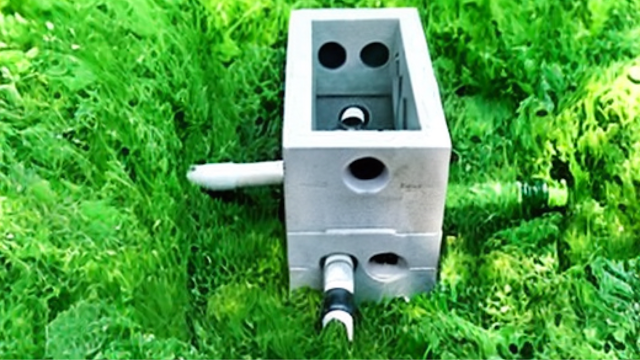

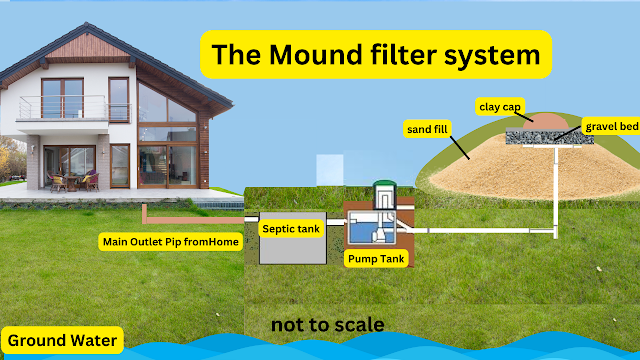
.png)

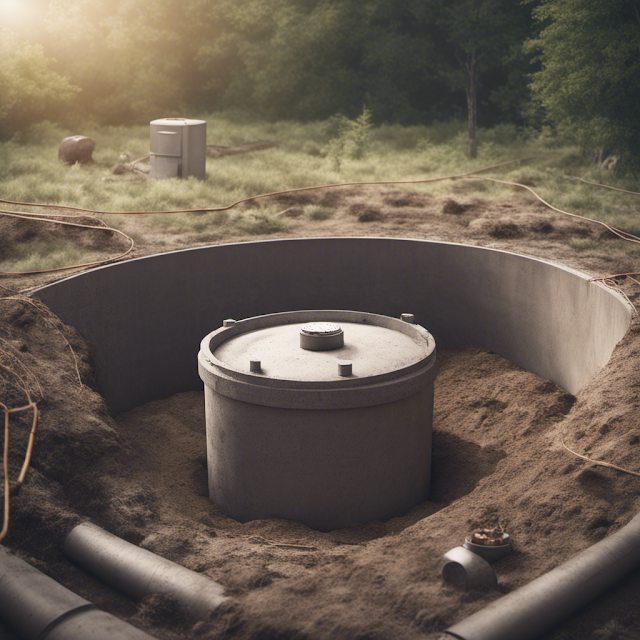
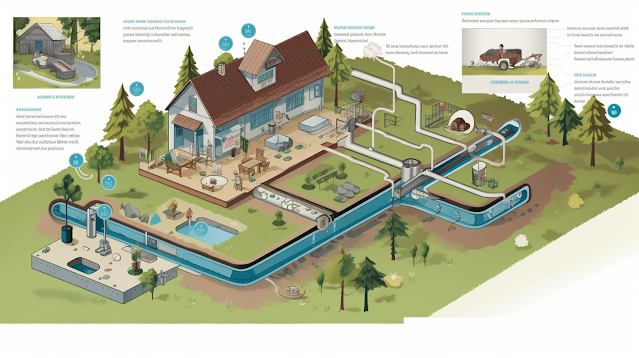
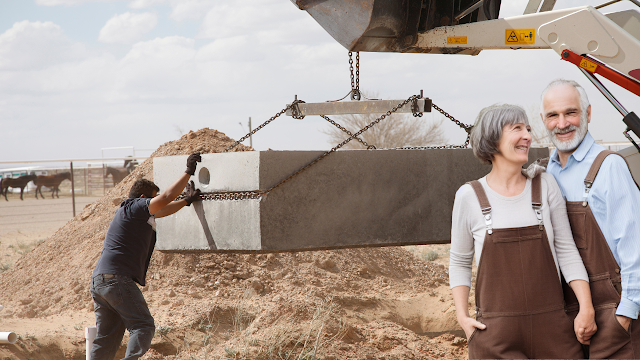


Comments
Post a Comment